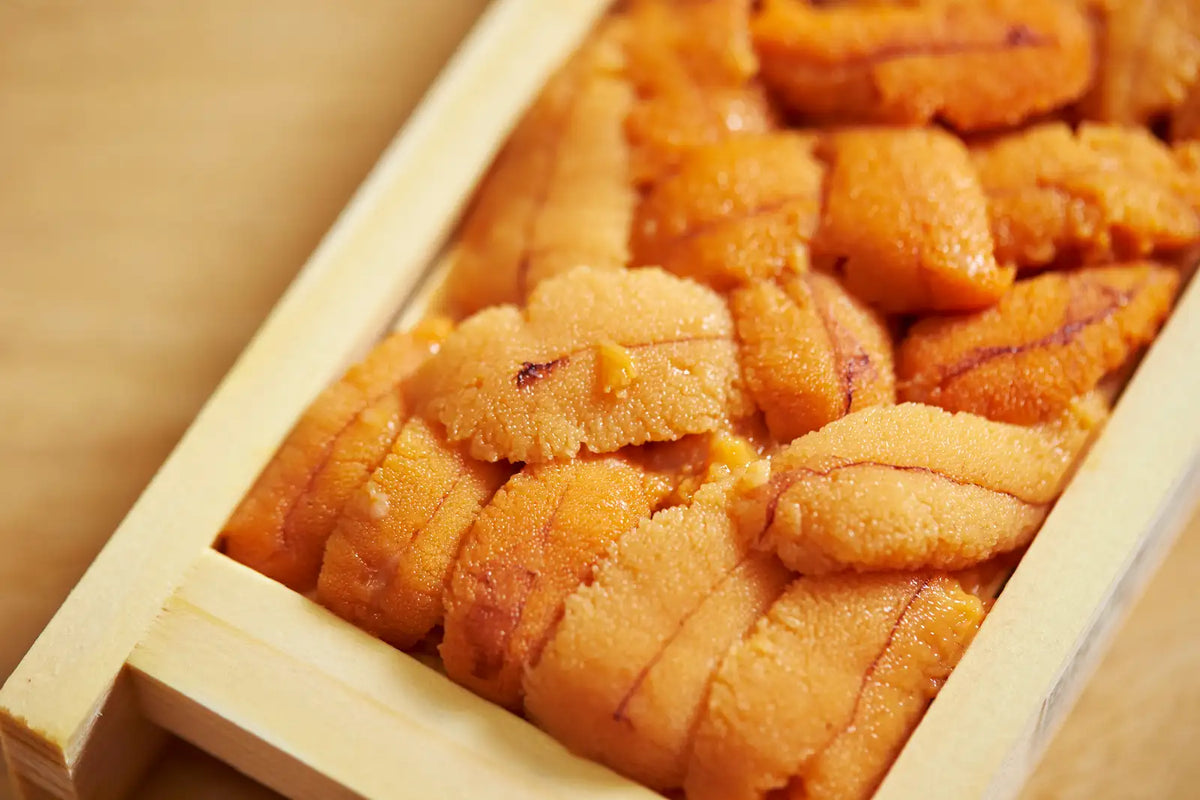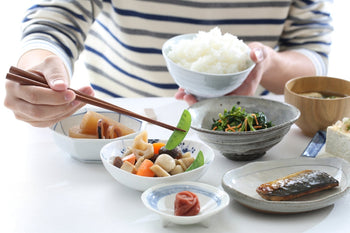

Within the spiky exterior of a sea urchin lies a culinary treasure that has captivated food critics and chefs worldwide with its distinct taste. Let's take a closer look at uni and its role in Japanese cuisine.
What is Uni?
Uni is the Japanese term for sea urchin, specifically referring to the edible gonads of the creature. Known for its vibrant color, ranging from rich gold to light yellow, uni has a creamy texture and custard-like consistency. Its flavor is often described as reminiscent of the ocean, with subtle variations depending on its harvest location, freshness, and even the gender of the sea urchin. In Japanese culture, uni is also considered an aphrodisiac.
Harvesting uni involves carefully cutting through the sea urchin's spiny shell to reveal the golden delicacy within. Typically, there are five lobes resembling tongues, which are the only edible part of the sea urchin. Due to their limited quantity and the complexity of harvesting, uni is a prized and often expensive ingredient.
While fresh uni (nama uni) is highly sought after, there are also forms available such as frozen (reito uni), baked (yaki uni), steamed (mushi uni), salted (shio uni), and various pastes.
Types of Edible Sea Urchins
Among the hundreds of sea urchin species, only a select few are deemed edible. In Japan, the two most common types are murasaki uni and bafun uni . Murasaki uni, found throughout Japan, is characterized by its dark purple shell and long, sharp spines. It has a mild sweet taste and is often used in sushi and sashimi.
Bafun uni, on the other hand, comes from smaller sea urchins located in deeper waters, giving it a rich umami flavor with slight bitter notes. Its orange interior makes it suitable for sauces and cooked dishes.
Sea urchins from Hokkaido are particularly renowned for their exceptional taste and texture, often branded as kita-murasaki and Ezo-bafun to distinguish them.
The Seasonal Delight of Uni
Although available all year, uni is best enjoyed during specific months when the gonads swell in preparation for spawning. These peak times are:
- July to August for murasaki uni
- September to October for kita-murasaki uni
- October to November for bafun uni
- December to February for Ezo-bafun uni
Culinary Uses of Uni
Uni Sushi
Beyond Sushi
Uni can be enjoyed in various dishes beyond sushi:
- Ichigo-ni is a luxurious hotpot from Aomori Prefecture that combines uni and abalone, typically served during New Year's celebrations.
- In Hiroshima, uni horen pairs raw uni with watercress or spinach, sautéed in butter for a delightful fusion of flavors.
- Wafuu pasta , a Japanese-style spaghetti, often stars uni as the main ingredient, complemented by seafood like squid ink and clams.
- Uni donburi , originating from Hokkaido, features a generous heap of uni over a bowl of rice, offering a mouthwatering umami experience.
- Chawanmushi is a savory steamed egg custard topped with uni, allowing the vibrant roe to be the first sight when the lid is lifted.



